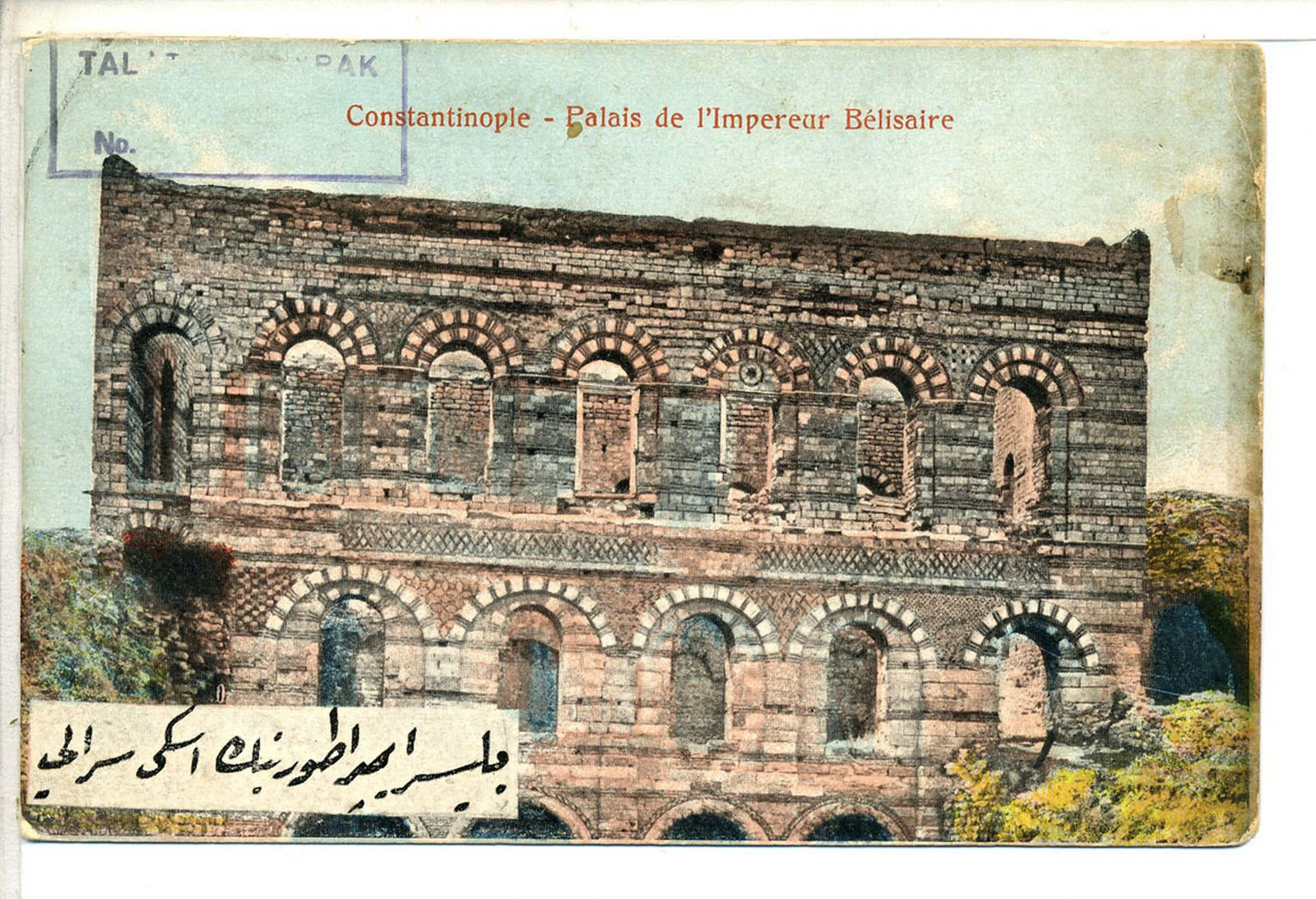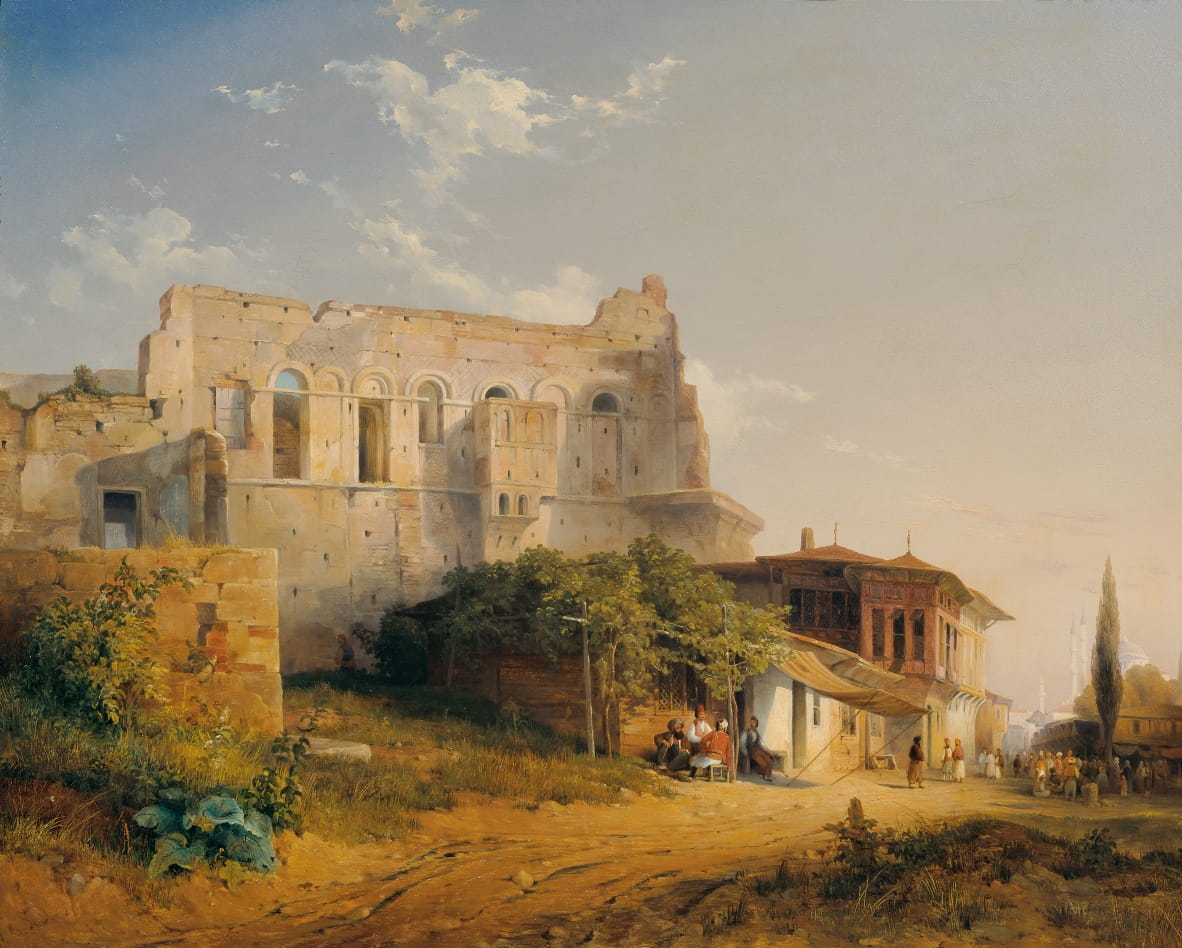Uncovering the Secrets of Istanbul’s Hidden Palace: Tekfur Sarayı
Tekfur Sarayı (also known as the Palace of the Porphyrogenitus) is a Byzantine palace located in Istanbul, Turkey. It was built in the 13th century during the reign of the Byzantine Emperor Michael VIII Palaiologos.

The palace was constructed as a residence for the emperor’s son, Theodore II Laskaris, and was later used by other members of the royal family. It is situated in the district of Edirnekapı, near the walls of the old city of Constantinople.
The palace is noted for its distinctive architectural style, which blends Byzantine and Islamic elements. It features a central domed hall, surrounded by smaller rooms and courtyards. The walls are decorated with intricate mosaics and frescoes, many of which have survived to this day.

After the fall of Constantinople to the Ottoman Turks in 1453, the palace was converted into a mosque and underwent several renovations. Today, it is a museum and is open to visitors who can explore its unique architecture and impressive collection of Byzantine art.
History: Tekfur Sarayı was built in the late 13th century, during the reign of the Byzantine Emperor Michael VIII Palaiologos. It was constructed as a palace for the emperor’s son, Theodore II Laskaris, who was the co-ruler of the Byzantine Empire at the time. The palace was situated just outside the walls of Constantinople, near the Edirnekapı Gate.
After the fall of Constantinople to the Ottoman Turks in 1453, the palace was converted into a mosque and underwent several renovations. During this time, some of the original Byzantine features of the palace were altered or removed. In the 20th century, the mosque was abandoned and the palace fell into disrepair. It was later restored and opened as a museum in 2006.
Architecture: The architecture of Tekfur Sarayı is unique because it blends elements of Byzantine and Islamic styles. The palace is made of brick and stone, and its main feature is a central domed hall that is surrounded by smaller rooms and courtyards. The domed hall has an octagonal shape and is supported by eight pillars.
The palace’s walls are decorated with intricate mosaics and frescoes, which depict scenes from the life of Christ, the Virgin Mary, and various saints. Many of these decorations have survived to this day, despite the palace’s long and tumultuous history. There are also several inscriptions in Arabic script that date from the palace’s time as a mosque.
One interesting feature of Tekfur Sarayı is its use of “porphyry” stone, which is a type of purple-colored marble that was highly valued by the Byzantines. The palace’s name, “Palace of the Porphyrogenitus,” refers to this use of porphyry in its construction.
Tekfur Sarayı is a fascinating example of the unique architectural and cultural heritage of Istanbul. Visitors can explore the palace’s many rooms and courtyards, and admire the intricate artwork and design that has survived for centuries.
